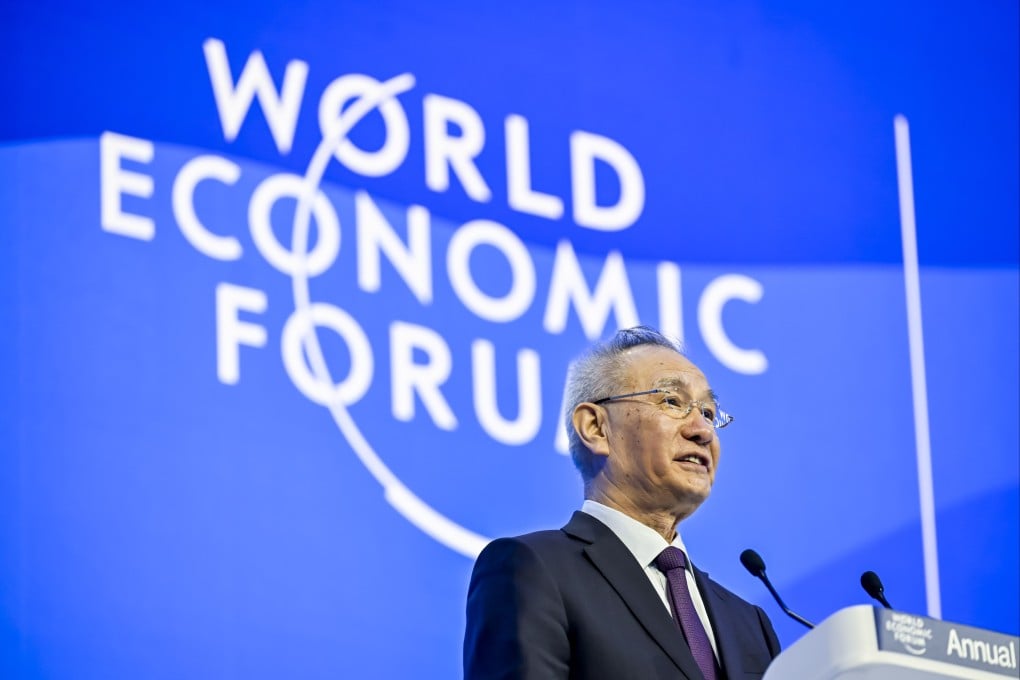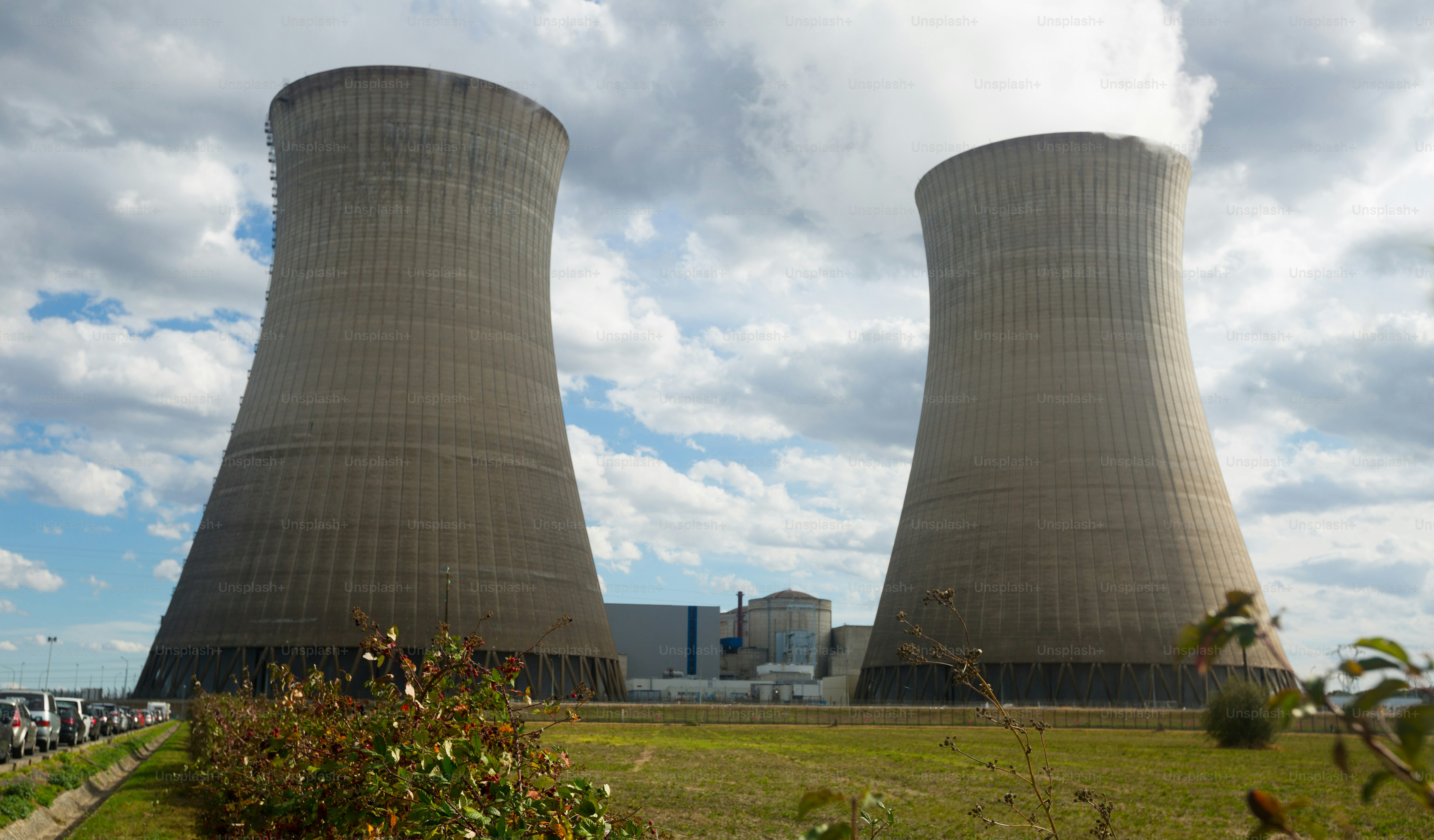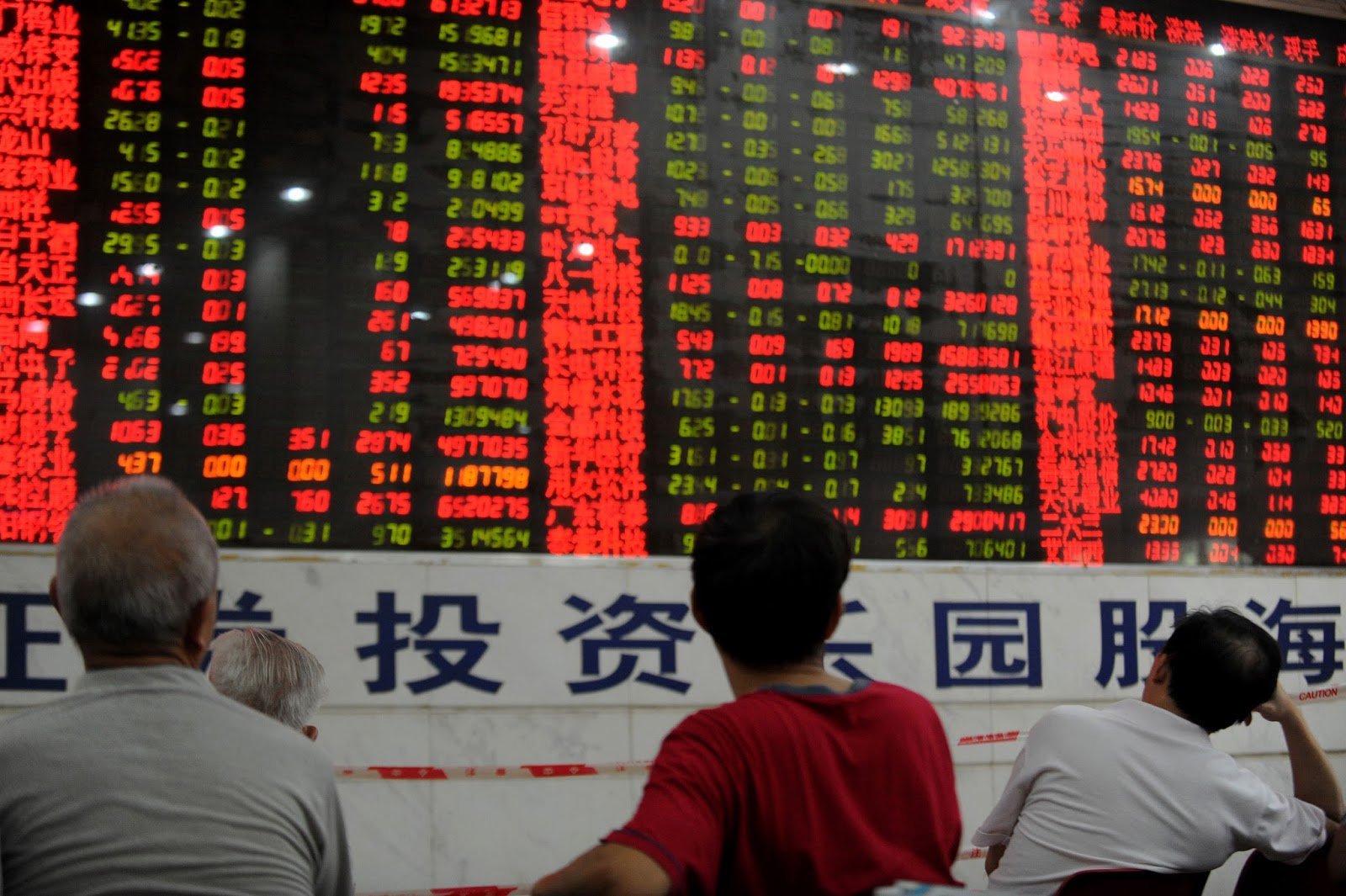Friends, let’s be blunt: Korea’s manufacturing sector is in serious trouble. The latest HSBC Manufacturing PMI data paints a grim picture – a contraction not seen in over two and a half years. We’re talking a dive to 47.5 in April, the lowest since September 2022, folks!
This isn’t some minor dip; this is a red flashing warning sign. The PMI has been below the critical 50 mark for three consecutive months now, and the speed of the decline in both output and new orders is chilling – the worst since June 2023. It’s a full-on gut punch to the Korean economy.
What’s driving this? It’s simple: Trump’s aggressive tariffs. Plain and simple. Demand is collapsing, and Korean manufacturers are feeling the squeeze both at home and abroad. This isn’t speculative; companies are telling us this.
Now, let’s dig a little deeper into what those PMIs actually mean for you.
PMI, or Purchasing Managers’ Index, is a key economic indicator. A reading above 50 suggests expansion, below 50 indicates contraction. It’s a snapshot of the manufacturing health.
Decreasing new orders signals weakening demand. Typically, that means companies will scale back production. Reduced output directly translates into a slower economic growth.
The sub-indices within the PMI, like production and new orders, give you extra detail. Large declines here highlight the specific areas of struggle.
This data sharply contrasts with recent optimistic Korean trade figures, making the situation even more perplexing. As Ussama Bhatti of S&P Global Market Intelligence put it, Korea’s manufacturers are getting hammered by domestic woes and those US tariffs, delaying product launches and stifling sales across the board.
Don’t get lulled into a false sense of security by headline numbers elsewhere. This is a clear signal that the global trade landscape is changing, and not for the better. Stay vigilant, folks!





